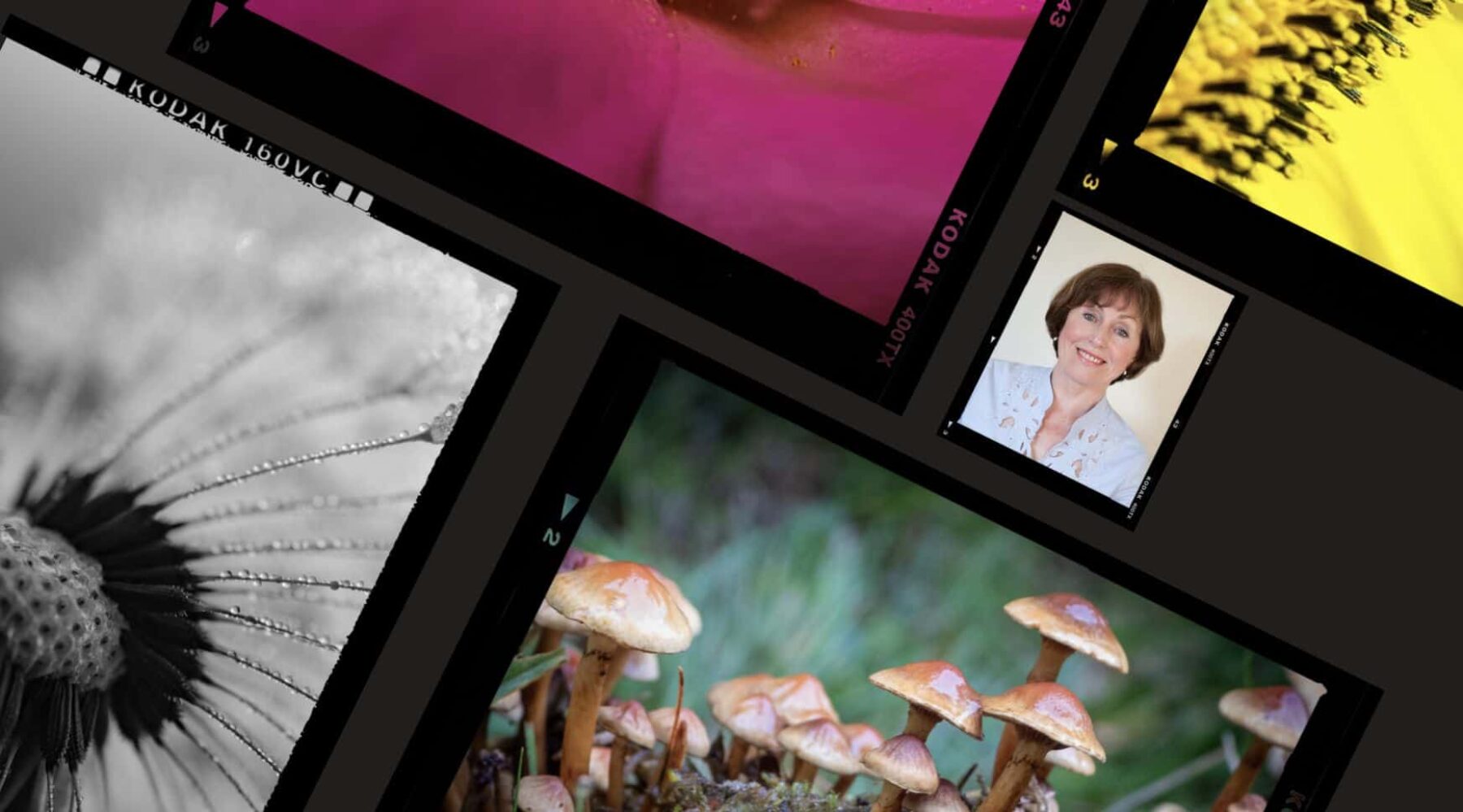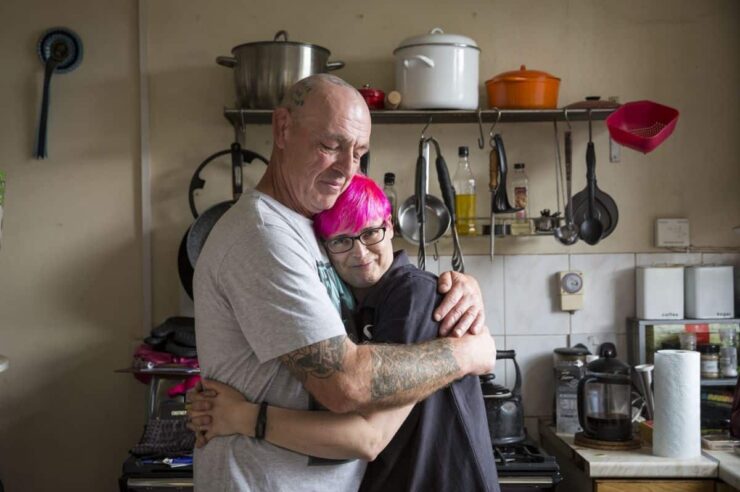Recording every step we take, nature is the ultimate witness to human activity. For forensic ecologist and botanist Prof Patricia Wiltshire, who analyses microscopic traces of pollen and spores, nature has been the key to solving some of the UK’s highest-profile crimes
“When we try to pick out anything by itself, we find it hitched to everything else in the universe,” said the nature writer John Muir. His words also ring true for the work of forensic ecologist Prof Patricia Wiltshire. But while Muir was musing on the interconnectedness of nature, Wiltshire’s work is starkly – literally – down to earth.
For more than 40 years, she has been helping UK police to solve high-profile criminal cases – from murders to abductions – by examining tiny particles of pollen, plants and fungi under her microscope. Wiltshire knows better than most how nature marks every step we take, how the landscapes that we pass through leave imprints and how these clues can unravel criminal mysteries.
“Nowadays it is fashionable to say that we live in a surveillance society, but your movements can be tracked by more than cameras,” writes Wiltshire in her memoir, Traces. A short walk in woodland, she explains, becomes registered on a person’s clothes and body: a coat rubbing against trees collects the tiny spores and pollen lodged in the bark; boots gather soil smears and crumbs in which are locked minute elements from recent days to past seasons; and hair brushing past twigs and leaves picks up whatever trace material has fallen on their surfaces.
Now 78, Wiltshire lives in Surrey with husband David and cat Maudie, and counts needlework, painting and gardening among her hobbies. Coupled with her soft Welsh accent and 5ft stature, these details don’t shout tough, trailblazing crimefighter.
But she is. Wiltshire has worked on more than 250 cases, including some of the most notorious of the last 25 years. She was involved in the Milly Dowler, Sarah Payne and Ipswich sex worker murder investigations, and helped secure the conviction of Ian Huntley for the Soham murders of Holly Wells and Jessica Chapman, giving evidence at his trial.
It wasn’t until her 50s that she even began this kind of work. As a child, Wiltshire dreamed of being a ballet dancer or concert pianist, before enlisting at King’s College London at the age of 28 to study botany and geology. She lectured there and at University College London, before receiving a phone call that would send her career in a fresh direction. A detective from Hertfordshire Constabulary asked if she could help in a murder case. A body had been found in a field ditch in rural Hertfordshire; a Chinese Triad-related murder. Proving the suspects’ involvement hinged around being able to show that their car had been into that field. Could Wiltshire do this?
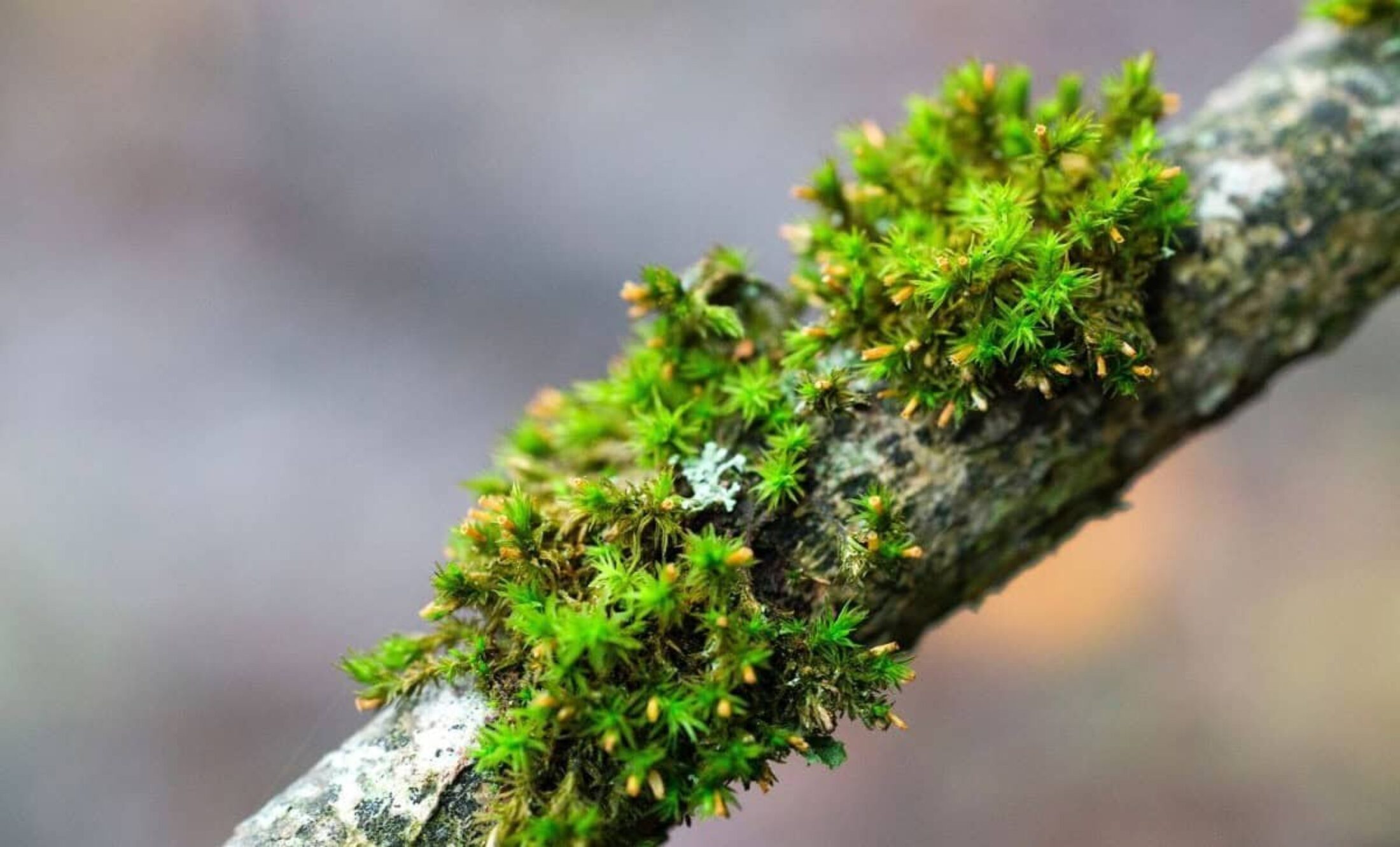
Recording every step we take, nature is the ultimate witness to human activity. Image: Markus Spiske
She set about meticulously scrubbing the car, sieving and decanting the silty washings so that they could be centrifuged down to concentrated pellets. Acids were then used to remove background elements of the soil – quartz, clay and so on – from the pellets, leaving only the ‘palynomorphs’, minute fossils of pollen or spores. They were then stained and embedded in jelly on glass, before Wiltshire began poring over the samples.
“I was looking at the vegetation that had been growing,” reflects Wiltshire. “The number of tree and shrub pollen types I found probably meant that it was an ancient hedge.” In her mind’s eye formed an image of a species-rich hedge bordering an arable field. She picked up the phone to the police.
When officers took Wiltshire to visit the scene, they offered to show her where the body had been discovered. Instead, she asked if she could try telling them. Wandering around the huge field, “the hedgerow was wrong, wrong, wrong – and then suddenly it was right”.
On the slides she had spotted field maple, hawthorn, flowering ivy, woundwort, docks, goosefoot and nettle. The offenders had trodden in all of these and carried them back to their car. Wiltshire knew this was the place, and the astonished officers confirmed it. “The hedge and bank had witnessed them setting his body alight and making their getaway. It was informing on them now,” she writes.
Nowadays it is fashionable to say that we live in a surveillance society, but your movements can be tracked by more than cameras
Her evidence became an important element in the trial and the subsequent convictions. As she took on more cases, the dismissive attitudes she saw in some officers at first were replaced with admiration for what she was able to uncover. “Gradually,” she tells Positive News, “there was more confidence put in it.”
Wiltshire has now worked with every police force in the UK. She has calculated ‘time since death’, helped pinpoint human remains and even earned the nickname ‘the snot lady’, after collecting pollen grains from the nasal cavities of dead bodies. When confronted with the strength of Wiltshire’s evidence, many criminals have confessed, saving the cost of lengthy trials.
Often, it has been Wiltshire’s knowledge of botany, amassed over years of painstaking fieldwork, that has helped make sense of the clues. “I like solving puzzles, and there’s always a puzzle,” she explains. “It’s quite nice when it’s all been to court and finished with, but I don’t really feel some great noble idea of putting criminals away. A puzzle comes along, I solve it and then move on to the next.”
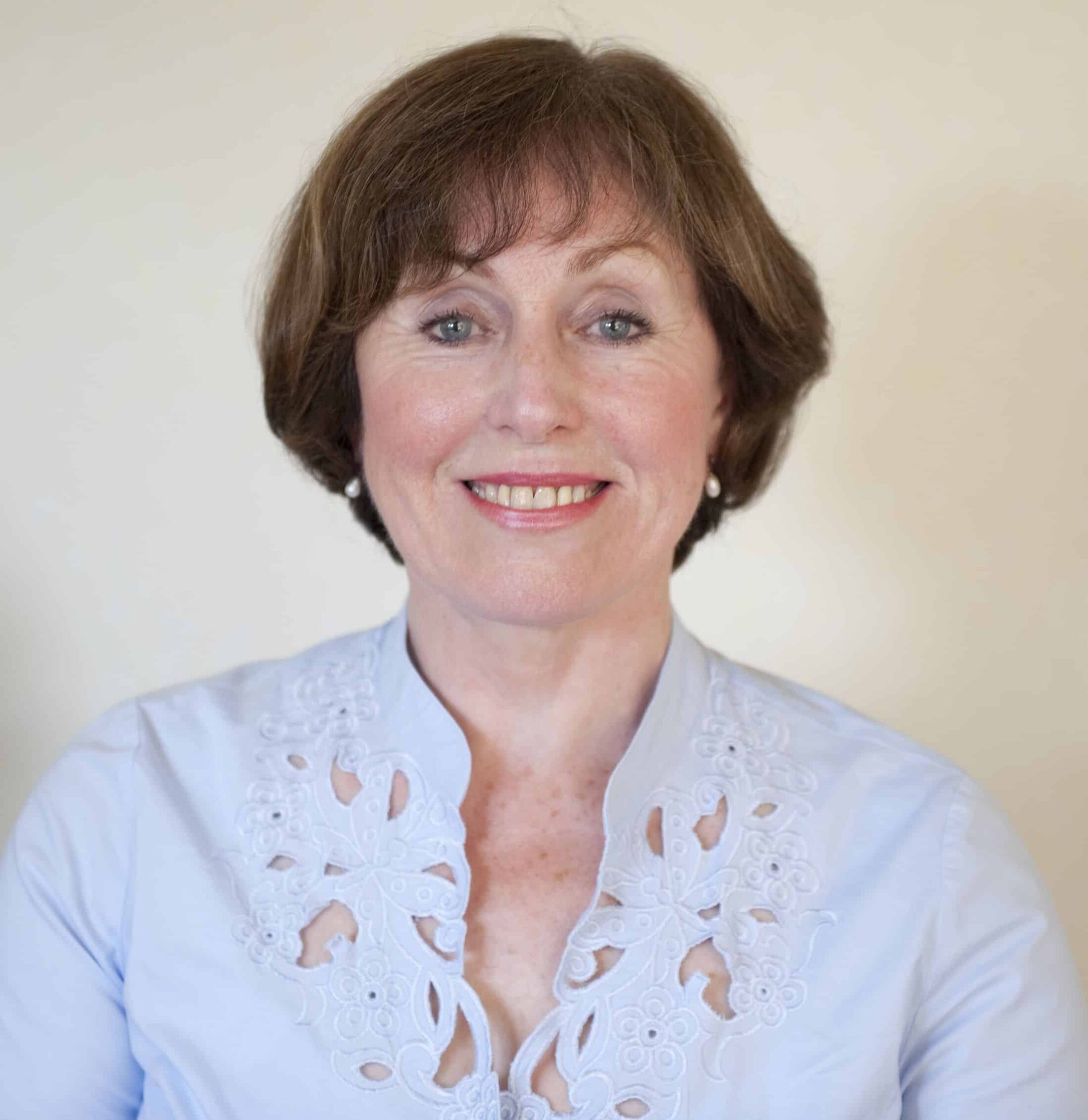
Wiltshire’s knowledge of botany has helped solve some of the UK's most high-profile crimes. Image: Patricia Wiltshire
Despite her resolutely scientific approach, Wiltshire mentions a few occasions when she has been particularly emotionally impacted by the crimes she has helped to solve. One was a 22-year-old sex worker and mother of three, who had been murdered.
“She was a prostitute to fuel her drug habit and support her pimp,” recalls Wiltshire. “She was chucked out by her parents, she had the most awful, abusive life, and yet she had fought and fought to keep her children. My heart broke for her. How could you not admire someone like that?”
Wiltshire does not hear often from the families of loved ones whose mysteries she has helped to solve. But she mentions a letter she received from the mother of Joanne Nelson, who was murdered by her boyfriend in 2005. Though Paul Dyson admitted he had killed Nelson, he couldn’t remember where he had put her body. With access to his car, trainers and a garden fork, Wiltshire was able to describe the place, even predicting that Nelson would not be buried, but lying in a hollow covered with birch twigs. Police found her in a situation just as Wiltshire had described.
It’s nice when it’s all been to court and finished with, but I don’t really feel some great noble idea of putting criminals away
“Her mother wrote to me – it’s usually the mothers who write,” says Wiltshire. “She thanked me for getting her daughter back. She wasn’t able to get closure without being able to bury the body. It was very moving.”
Despite the often grisly nature of the work, Wiltshire – who is still working today – is passionate about learning and about the natural world. “Nature is unbelievably complicated. Every bit of research just shows more of its complexity, and I love that.”
She is cautiously enthusiastic about technological developments, such as forensics’ use of raman spectroscopy (a chemical analysis technique that provides detailed information about the makeup of materials). “I’m thrilled when things develop.”
She has even managed to remain optimistic about human nature – just. Her Twitter bio reads: “Forensic ecologist. Loves babies and other animals, plants, fungi, bacteria, and some people.”
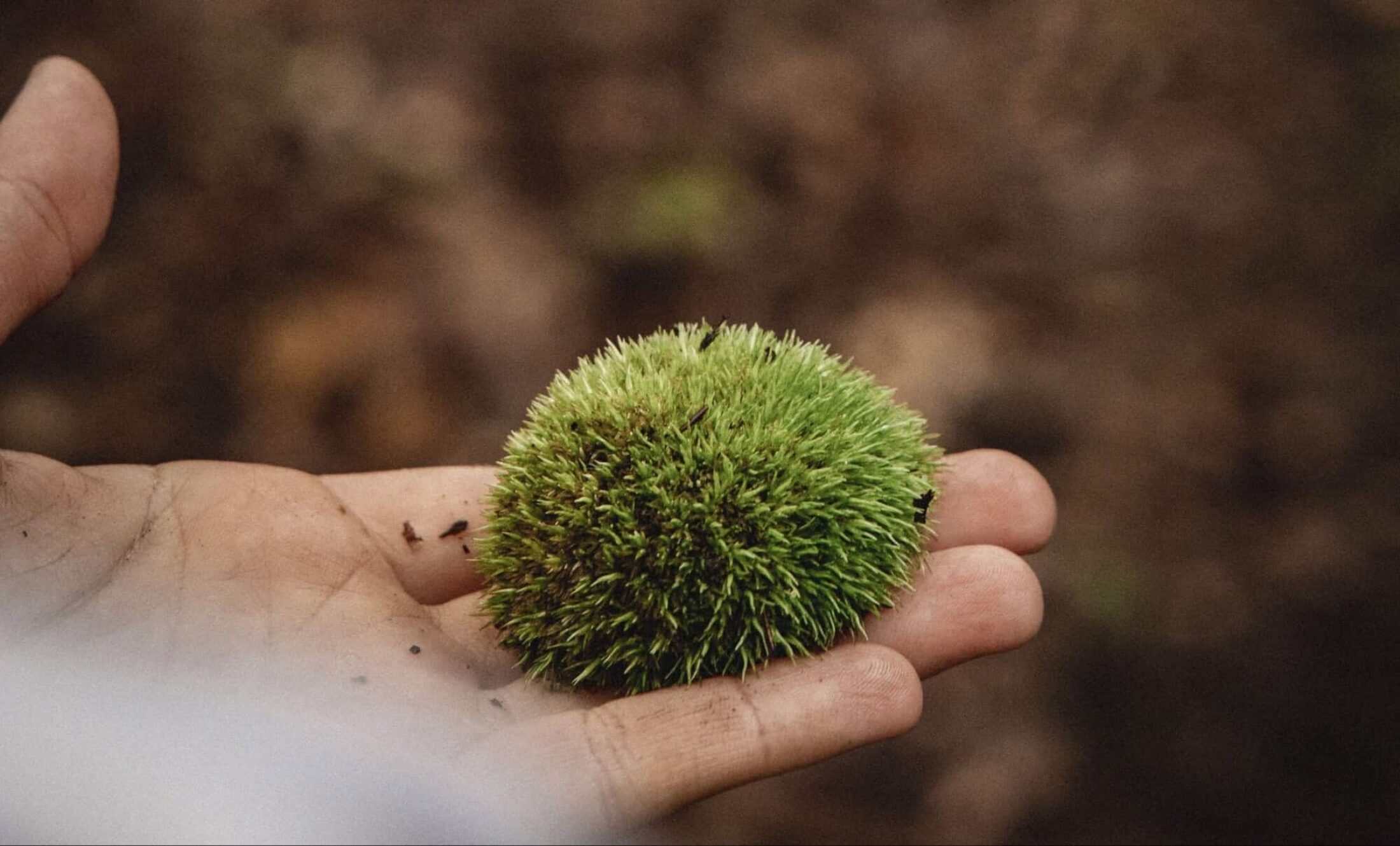
The devil is in the detail: Wiltshire is often poring over minute samples of evidence. Image: Thomas Malik
Despite the clear value of the science that she has trailblazed, there are few people working in similar ways, she notes. “It requires a real persistence, an awful lot of fieldwork; you have to be robust enough to cope with difficult police officers, encountering rotting corpses and so on, being torn to shreds in court; you have to be strong in many ways.”
And while she cannot help but invite comparisons to eccentric TV detectives (a passage in a previous book describes her proving guilt in an Albanian gang murder before going home to make beans on toast and cuddle her cat), she is undoubtedly a force to be reckoned with.
“I have single-mindedness,” she says. “I work very hard and I’m confident in my data. Once I have confidence in my work, I’m not frightened of anybody.”
Traces is published by Bonnier Books
